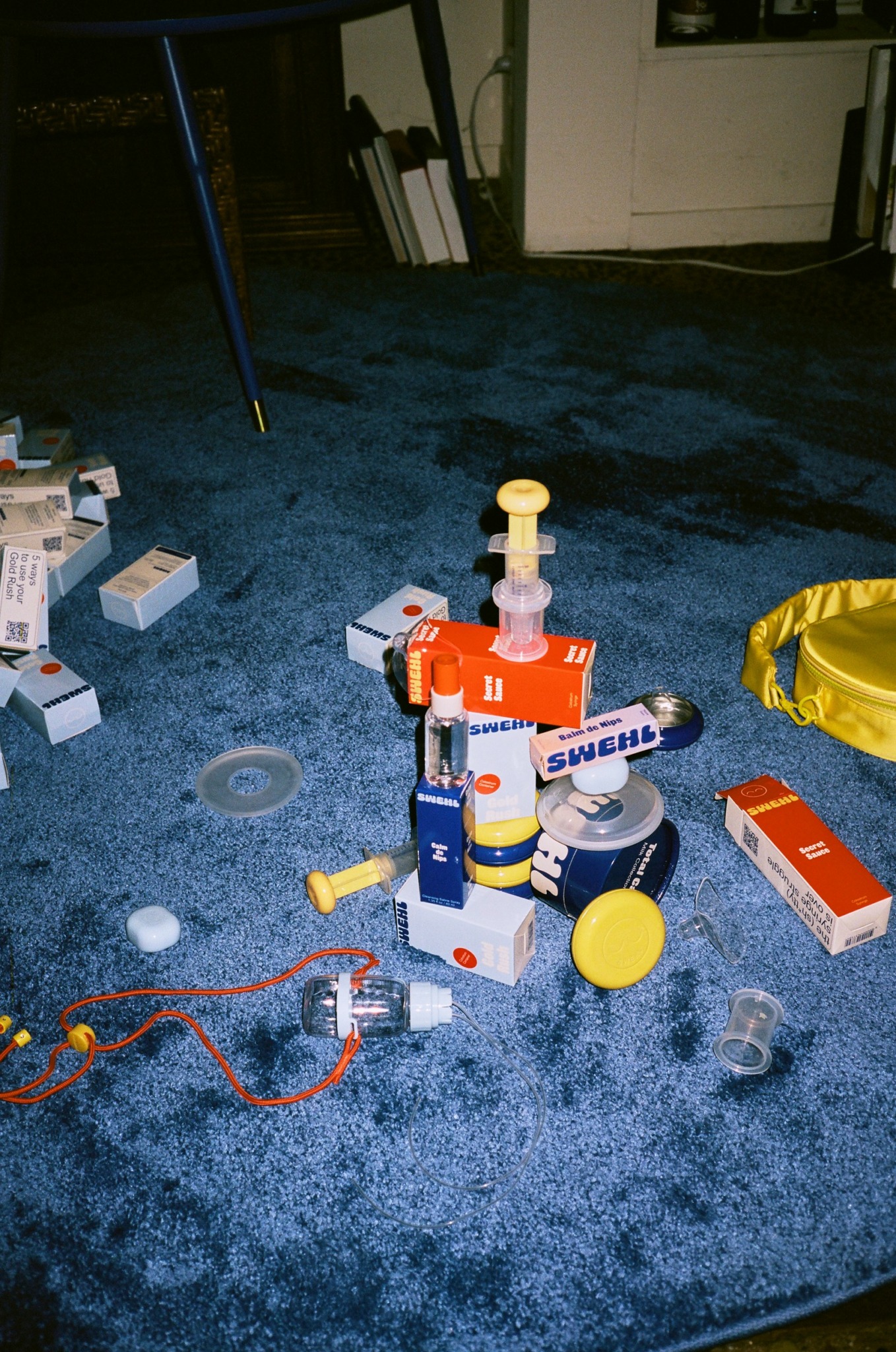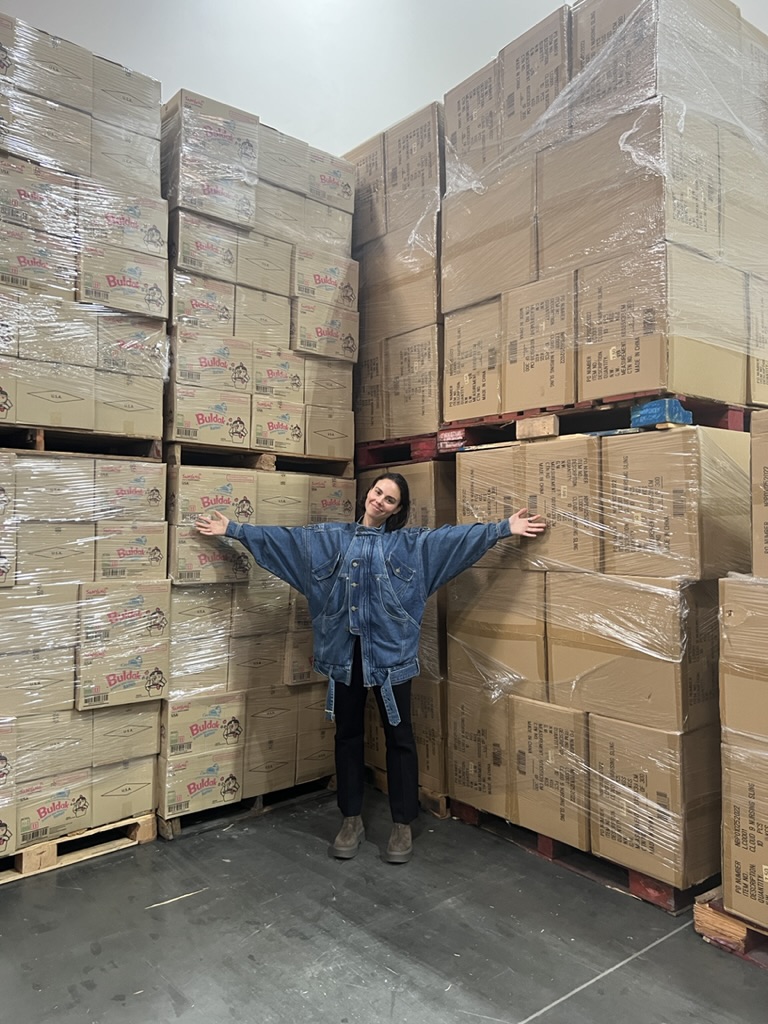We’re excited to introduce you to the always interesting and insightful Elizabeth Myer. We hope you’ll enjoy our conversation with Elizabeth below.
Hi Elizabeth, thanks for joining us today. What was it like going from idea to execution? Can you share some of the backstory and some of the major steps or milestones?
Rewind to December 2020: I was eight months postpartum and four months into our pandemic move to my parents’ house in Pennsylvania, across the country from our home in Los Angeles. I hooked myself up to an electric breast pump, seated at a makeshift work station that my husband had set up in the basement, and hopped into a Google Hangout that changed my life. There, I met my business partner, Betsy, also in the throws of postpartum. Both of us had been entrepreneurs / builders of things, and a mutual friend thought we’d have a good chat. Betsy came right out with it: she wanted launch a modern kit for breastfeeding.
We immediately got into it, sharing the trials and tribulations of raising a baby lockdown: the isolation, the fragmented and dated experiences, the confusion and the lack of systemic support. At the time, I was a consultant, and I was engaged in a large project for a major retailer. But I couldn’t get our conversation out of my head. Within a week, I had emailed Betsy and blurted it out: “I want to be your partner”.
As I wound down my consulting business, Betsy and I poured over research within the feeding space, mapping out the key players and trying to understand their shortcomings. We knew that we wanted to modernize the breastfeeding journey and that creating better, more sustainable, better-looking, multifunctional products was essential. Critically, though, we were living the reality that babies are no longer raised in villages and that postpartum can be an incredibly lonely time. We knew that to actually create change within that category, we needed to devise a full eco-system of support.
The process of making our seed of an idea a real thing involved several key steps. Once we’d surveyed the landscape and were convinced that our business would fill a real need, we leaned on our unique skillsets. Prior to founding Swehl, I had spent my career in the brand building and digital marketing space. After my last in-house role, working for Amazon, I launched a consultancy. I loved working with founders and execs to help them solve a range of challenges. Often though, I’d observe work being conducted in a vacuum. A common example: defining a brand identity as a set of digital deliverables, rather than a holistic, multi-pronged customer experience. I was excited to do things differently. To my great fortune, Betsy’s experience was pretty different, though highly complimentary to mine. She’d spent years in entertainment (content, production, strategic partnerships) and had recently sold her first company; a women’s social club.
We often joke that founders have to be a little crazy, but when you double-click on that, I think it’s more about feeling something so deeply in your gut that you have no choice but to give it your full attention. Regardless, one of the most critical parts of our journey involved lots of rejection. With each: “breastfeeding is as old as time,” or “breastfeeding women have a low lifetime value”, or “this market is already too saturated”, we refined different elements of our business model. What we ultimately landed on after many iterations is a one-stop-shop for breastfeeding that combines expert-led video education, digital and in-person community programming, and products that are designed to remove friction from the major pain points. To account for “low lifetime value”, we built unexpected distribution channels (i.e. hospitals and registry gifters). To break out of our sandbox environment, we designed a super cool brand and experience that’s more akin to a lifestyle or beauty brand than a medical device company. We vowed to partner with brands outside of the maternal health space (like Soho House, Vacation Inc., and Seed) to highlight that moms have many interests outside of parenthood.
In the build to launch, we shot the first 50 videos in our library, launched a (password-protected) website beta and built a stage-based newsletter that follows a woman throughout pregnancy and into the fourth trimester. We conducted talk circles with pregnant and postpartum women (and their partners) for years, as we developed our physical products from scratch. Eight months before we launched in March 2023, we conducted a trial with the OBGYN Department at Cedars-Sinai, designed to understand how sticky our platform was, and how our tools and resources would play a role in each participant’s confidence, mental health and physical wellbeing.
When it was time to hit the market, we were ready. We’d conducted real, comprehensive research, tested our tools, built something completely unexpected and different, and lined up a host of launch press, each focusing on different angles and narratives.


Elizabeth, love having you share your insights with us. Before we ask you more questions, maybe you can take a moment to introduce yourself to our readers who might have missed our earlier conversations?
Swehl is not a “breast is best” entity: we believe in giving parents the best possible resources so that they can take back their agency in postpartum and beyond. Breastfeeding is a highly inequitable category, so we were intentional about creating high quality resources that are completely free to utilize.
My favorite community event of Swehl’s is called the “Hot Mom Walk” (think: part dance party, part fitness class). We’ve held them in NYC, Miami, Austin and LA in partnership with awesome brands, DJs and co-hosts. While these walks always draw a large, hyped up crowd, I especially love that they attract people who don’t have kids, moms who clock our walks as their first postpartum outing and parents of kids who are all grown up. To me, this highlights that we’ve been successfully able to create a dynamic community that is truly inclusive.
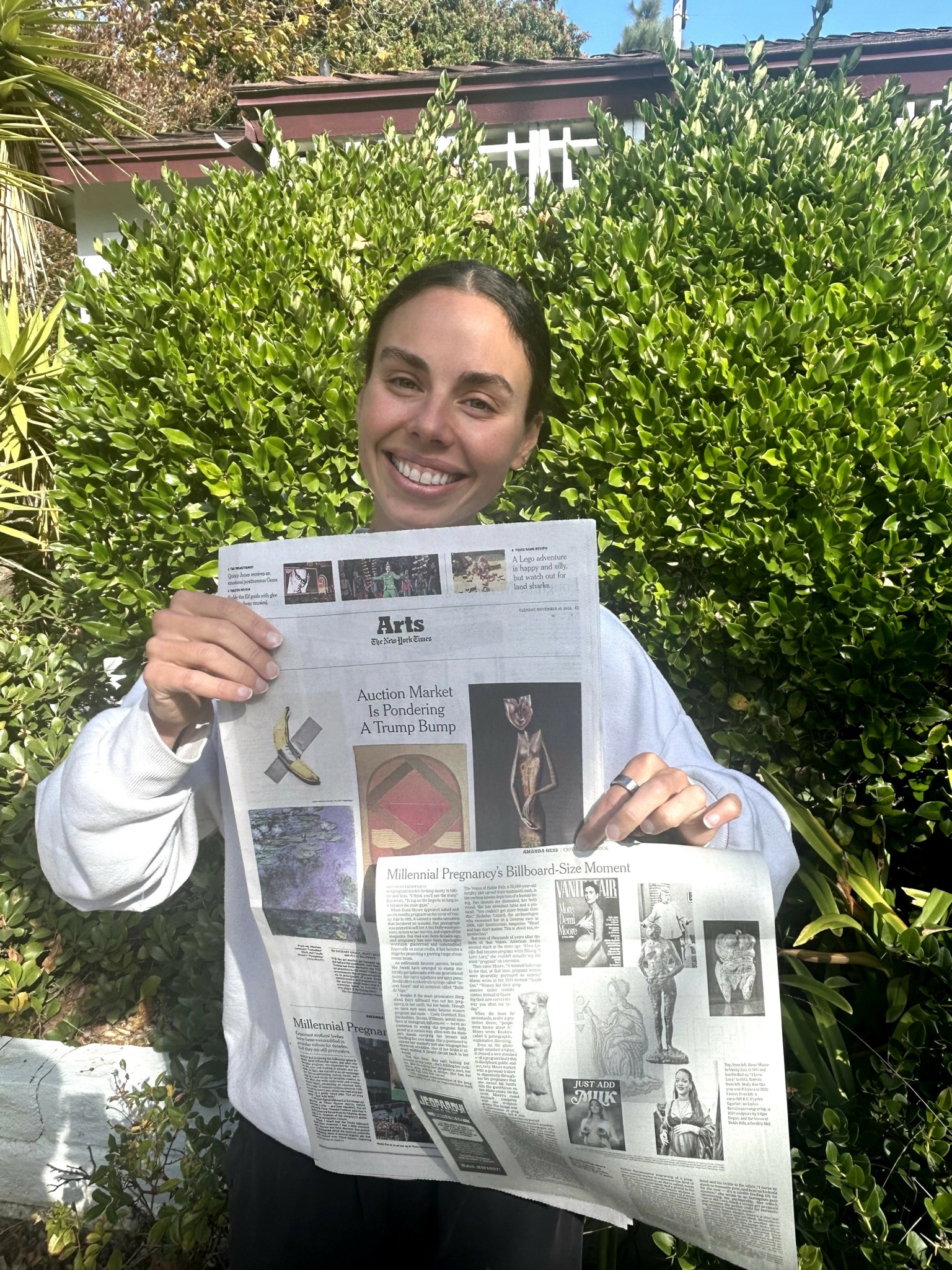
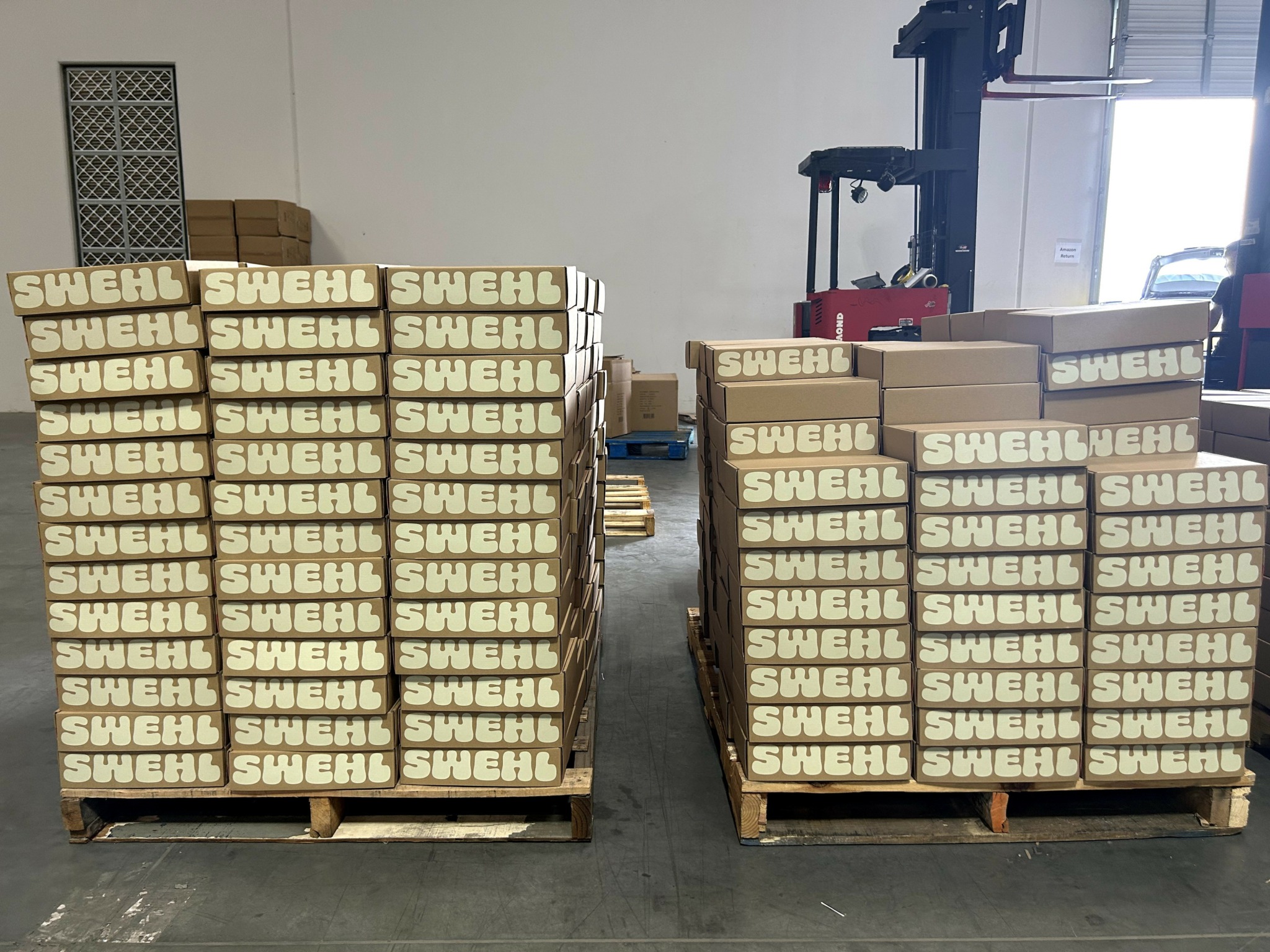
Can you talk to us about how you funded your business?
Swehl raised a $1M Pre-Seed round that we’ve been riding since before we launched two years ago. My previous company offered services, so this was my first experience fundraising. Initially, we took lots of calls with founder friends and cobbled together their advice and their pre-cautions. We ultimately opted to raise our round on a SAFE note with an entry point check of $25k to be on our CAP table.
When our idea was just that, we approached friends, family and angel investors who either believed in us as a team, or who were passionate about the category. We pulled mood boards, market research, and of course, a business model into a deck. So much of that initial work has changed between idea and inception; I believe that our first investors were most drawn to our conviction and our prior experience.
We raised our first $500k and got to work building out our digital infrastructure, brand, video library and product pipeline. Once we had something to show, we went back out to raise the second $500k; still largely from friends and family, but also from several institutional investors who were excited about what we were building. During this push, we opened a Roll-Up Vehicle on Angel List. Much like an SPV, this served as a means for our community to invest at smaller check size. Our Roll-Up community encompasses some of our biggest brand ambassadors. We found it to be such an incredible tool for drumming up a groundswell of support (or should I say, ground-Swehl?).
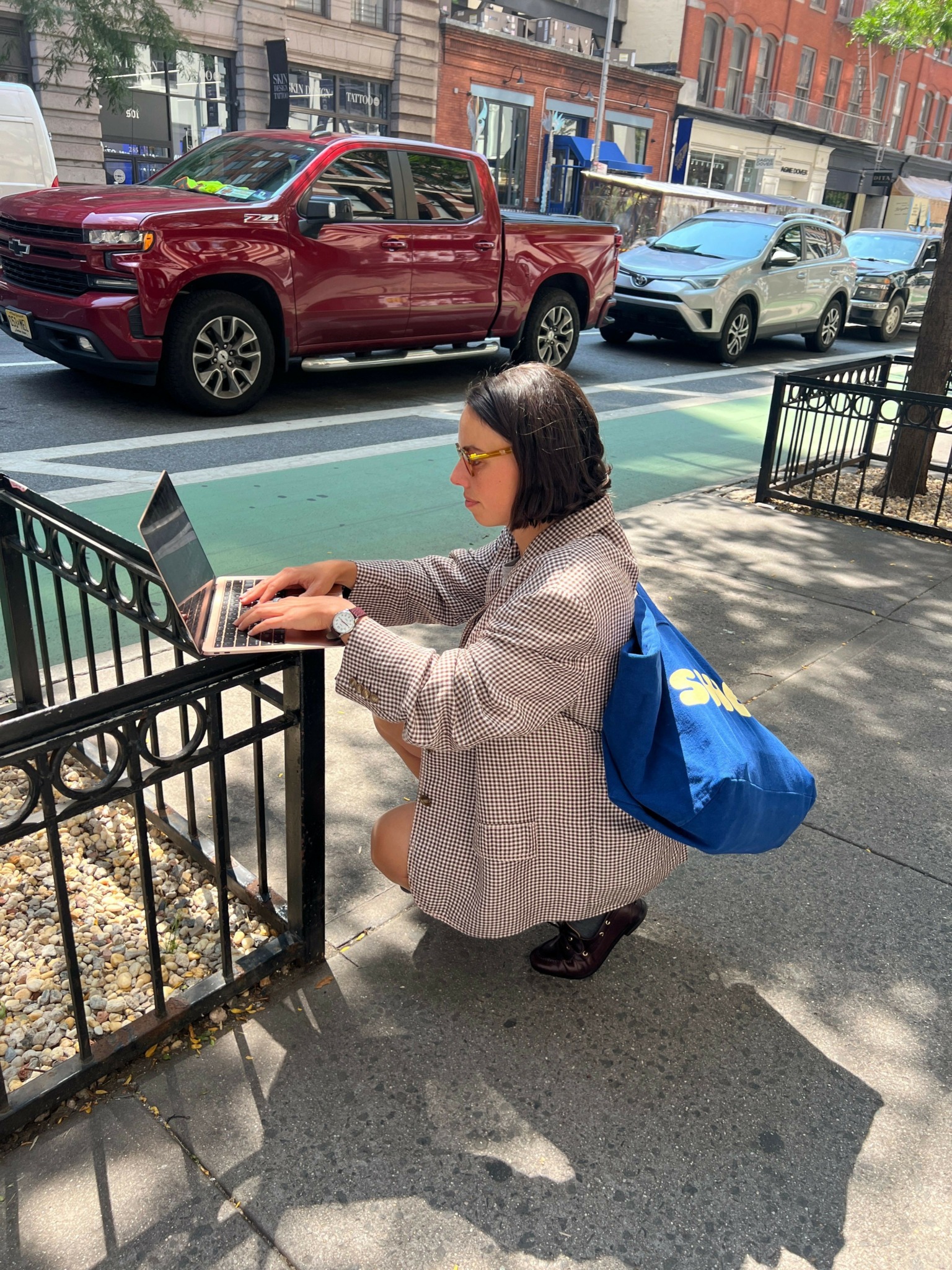
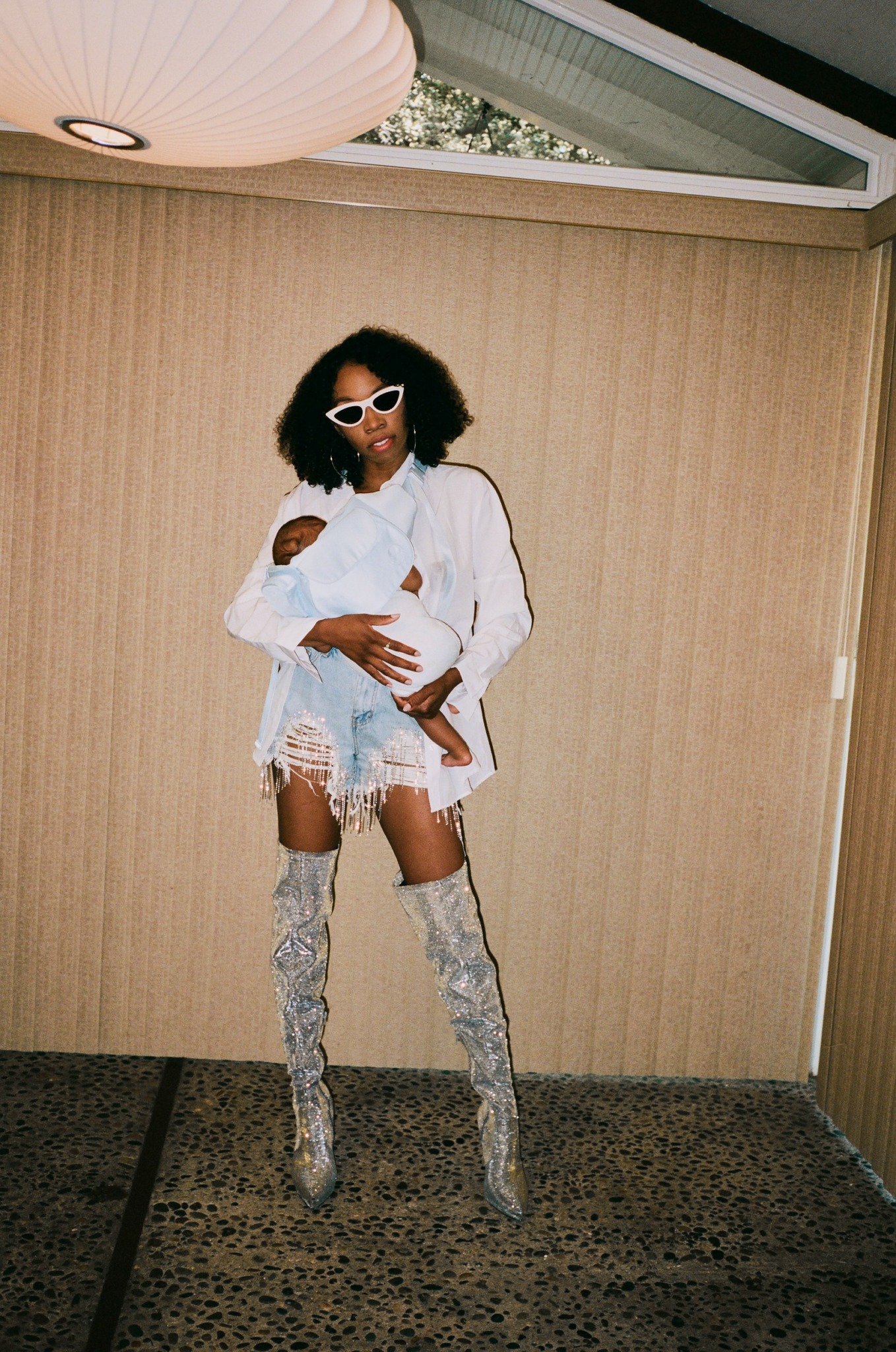
Contact Info:
- Website: https://www.swehl.com
- Instagram: https://Instagram.com/swehl
- Linkedin: https://www.linkedin.com/in/elizabeth-myer-48a14a18/
- Youtube: https://www.youtube.com/@swehl

